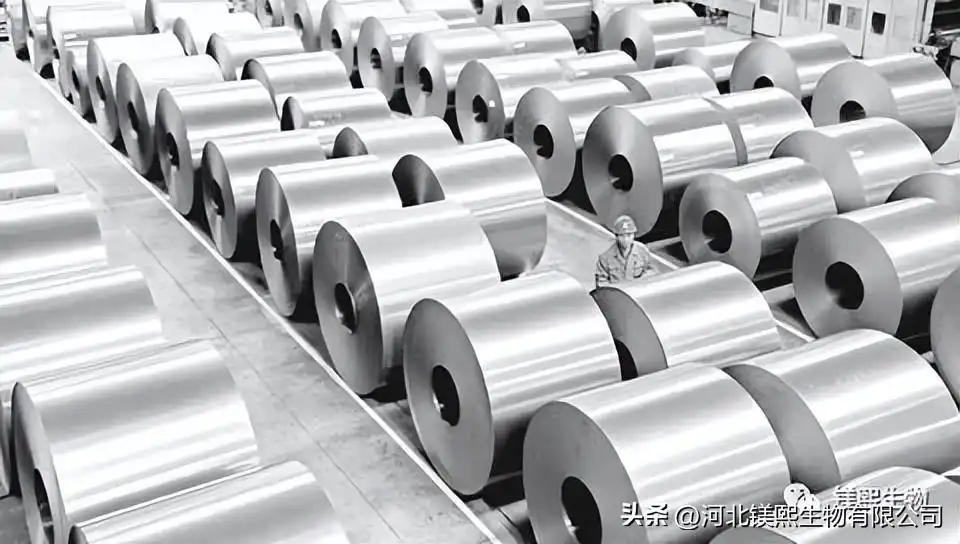Tibet Mag stated that the hydration rate and activity of magnesium oxide are mutually restrictive. Hydration rate refers to the ability of magnesium oxide to form magnesium hydroxide. As the isolation layer before high-temperature annealing of oriented silicon steel, it is usually formed by making a slurry of magnesium oxide and an appropriate amount of water, coating it on the steel plate and drying it, and the formed Mg-(OH)2 contains combined water. If it cannot be removed in the dry furnace, it will enter the high-temperature annealing furnace process, which will prolong the annealing time and cause the steel strip to oxidize, which is not conducive to the formation of the magnesium silicate film layer.

Silicon steel grade magnesium oxide requires a hydration rate of less than 4%. In order to ensure that magnesium oxide has a low hydration rate, it is generally prepared by calcination at high temperature. The magnesia obtained by calcination above 1300°C hardly undergoes hydration reaction at room temperature, but too high a temperature is easy to sinter the crystal grains, and the activity reduce. Therefore, the calcination temperature of about 950°C is usually selected. In addition to the calcination temperature, the cooling treatment method after calcination will also affect the hydration rate of magnesium oxide.
The research of Hebei Meixi Biological Co., Ltd. shows that the calcined magnesium oxide should be cooled to room temperature under vacuum airtight conditions to avoid the influence of external factors, so that the magnesium oxide particles will shrink naturally with the gradual decrease of temperature, forming a denser and Crystalline particles that can spread freely, thereby reducing their hydration rate. It is found through experiments that if the calcined magnesium oxide is cooled in the air, its hydration rate will increase greatly, generally reaching more than 10%. If it is cooled to room temperature under airtight conditions, its hydration rate can be lower than 3%, which can reach Requirements for the hydration rate of silicon steel grade magnesium oxide.
Activity refers to the ability of magnesium oxide to participate in chemical or physicochemical processes. Magnesium oxide with high activity is easy to react with silicon oxide to form magnesium silicate glass body, while magnesium oxide with too low activity has poor suspension in water, and uneven coating is easy to occur. Since the activity of a solid substance is directly proportional to its surface area, some people use the size of its surface area to express the activity, so the specific surface apparent volume is introduced. Silicon steel grade magnesium oxide requires an apparent specific volume of 3.7~4.5mL/g.
The research of Hebei Meixi Biological Co., Ltd. shows that the activity of magnesium oxide is largely determined by its crystallization properties. The formation mechanism of magnesium oxide is different, and the degree of perfection of its crystal lattice is different. The activation energy required to destroy its crystal lattice is different, which is manifested by the different chemical activity of magnesium oxide. In addition, the calcination conditions have a great influence on the activity of magnesia. Calcining the intermediate magnesium carbonate at 600-700 ℃ can obtain high-activity magnesia. Since the activity of magnesium oxide is related to the hydration rate, the greater the activity, the greater the hydration rate, so the selection of the hydration rate and activity of silicon steel grade magnesium oxide should be considered comprehensively.
